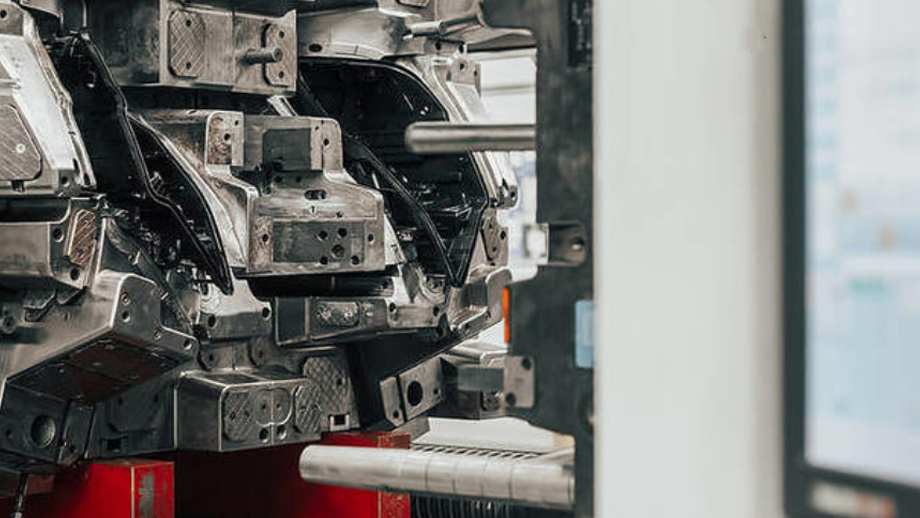If you are in the business of injection molding, you must have come across the term “floating fibers.” It is a common defect that can occur during the injection molding process. Floating fibers are thin strands of plastic that protrude from the surface of the molded part, giving it a rough and uneven appearance. This defect not only affects the aesthetics of the product but also compromises its mechanical properties. In this article, we will discuss the causes of floating fibers and how to prevent them.

What are Floating Fibers?
Floating fibers are the result of an incomplete filling of the mold cavity. During the injection molding process, the molten plastic is injected into the cavity under high pressure. If the plastic is not distributed evenly, the pressure can push the plastic material to the opposite side, leaving a thin layer of plastic that extends from the surface of the part. These thin strands of plastic are called floating fibers.
Causes of Floating Fibers
Several factors can contribute to the formation of floating fibers. Here are some of the common causes:
- High Injection Speed
If the injection speed is too high, it can cause turbulence in the molten plastic, leading to uneven distribution of plastic in the mold cavity. This can result in the formation of floating fibers.
- Low Injection Pressure
If the injection pressure is too low, the molten plastic may not be able to fill the mold cavity completely. This can cause the plastic to flow to the opposite side of the cavity, leading to the formation of floating fibers.
- Improper Venting
If the mold cavity is not properly vented, it can cause air to get trapped inside the cavity. This can prevent the plastic from flowing evenly, leading to the formation of floating fibers.
- Poor Mold Design
If the mold design is not suitable for the specific plastic material being used, it can cause uneven distribution of plastic in the cavity, leading to the formation of floating fibers.
- Poor Material Quality
If the plastic material being used is of poor quality, it can result in the formation of floating fibers. Poor-quality plastic can have impurities that can affect the flow of plastic in the mold cavity.
Countermeasures for Floating Fibers

Preventing floating fibers requires a combination of factors, including proper mold design, material selection, and process control. Here are some countermeasures that can help prevent floating fibers:
- Increase Injection Pressure
Increasing the injection pressure can help ensure that the mold cavity is filled completely with plastic material. This can prevent the plastic from flowing to the opposite side of the cavity, leading to the formation of floating fibers.
- Reduce Injection Speed
Reducing the injection speed can help minimize turbulence in the molten plastic, leading to a more even distribution of plastic in the mold cavity. This can help prevent the formation of floating fibers.
- Use Proper Venting
Proper venting can help ensure that air is not trapped inside the mold cavity. This can help the plastic material flow evenly, preventing the formation of floating fibers.
- Optimize Mold Design
Optimizing the mold design for the specific plastic material being used can help ensure that the plastic material flows evenly in the mold cavity. This can help prevent the formation of floating fibers.
- Use High-Quality Material
Using high-quality plastic material can help prevent the formation of floating fibers. High-quality plastic material is free of impurities and has consistent flow properties, ensuring the even distribution of plastic in the mold cavity.
Conclusion
Floating fibers are a common injection molding defect that can compromise the aesthetics and mechanical properties of the molded part. Understanding the causes of floating fibers and implementing countermeasures can help prevent this defect from occurring. By optimizing the injection molding process, you can ensure that your products meet the highest standards of quality and performance.
